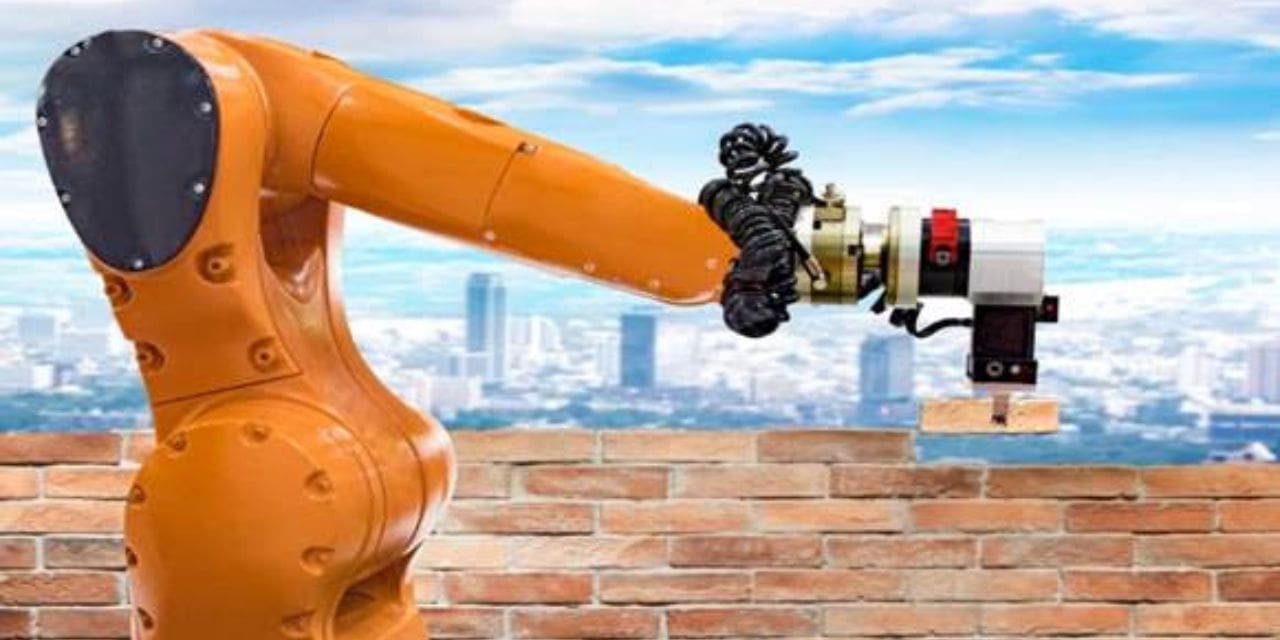The Global Construction Robots Market is poised for remarkable growth, with a projected value of US$ 359.6 million by 2031, marking a substantial increase from its valuation of US$ 91.2 million in 2021. This growth trajectory is underpinned by a robust compound annual growth rate (CAGR) of 15.3% anticipated from 2022 to 2031. This article delves into the evolution and impact of the construction robots market, highlighting key trends, benefits, challenges, and future prospects.
Evolution of Construction Robots:
The concept of construction robots dates back several decades, but recent advancements in robotics, artificial intelligence (AI), and automation have propelled their adoption. Early construction robots were rudimentary and primarily used for repetitive tasks such as bricklaying and welding. However, modern construction robots are far more sophisticated, capable of performing a wide range of tasks, from 3D printing entire structures to autonomous excavation and demolition.
Companies Profiled
- ABB Ltd.
- Advanced Construction Robotics Inc.
- ANYbotics AG
- Blue Ocean Robotics
- Brokk AB
- Construction Robotics LLC
- FANUC America Corporation
- Fujita Corporation
- Giant Hydraulic Tech
- Komatsu
Key Trends in the Construction Robots Market:
- Autonomous Construction Vehicles: Companies are developing autonomous vehicles equipped with advanced sensors and AI algorithms to perform tasks such as site surveying, material transportation, and grading. These vehicles improve efficiency by eliminating the need for human operators and can work around the clock without fatigue.
- Robotic 3D Printing: 3D printing technology has gained traction in construction, allowing for the rapid fabrication of complex structures. Construction robots equipped with 3D printing capabilities can build entire buildings layer by layer, reducing construction time and material waste.
- Drone Technology: Drones are increasingly used for aerial surveys, inspections, and site monitoring in construction projects. They provide real-time data that can improve decision-making, enhance safety, and streamline project management processes.
- Exoskeletons and Wearables: Exoskeletons and wearable devices are being deployed to augment human capabilities on construction sites. These devices reduce the risk of injury and fatigue by providing support and enhancing strength, particularly for tasks involving heavy lifting and repetitive motions.
Benefits of Construction Robots:
- Increased Efficiency: Construction robots can work faster and more consistently than humans, leading to significant improvements in productivity and project timelines.
- Enhanced Safety: By automating hazardous tasks and minimizing human involvement in potentially dangerous environments, construction robots help reduce the risk of accidents and injuries.
- Improved Quality: Robots are capable of precise, repeatable actions, resulting in higher quality construction with minimal errors or defects.
- Cost Savings: While the initial investment in construction robots may be substantial, their long-term benefits in terms of labor savings, reduced material waste, and faster project completion can lead to substantial cost savings.
Challenges and Limitations:
Despite their potential, construction robots face several challenges and limitations that hinder widespread adoption:
- High Initial Costs: The upfront investment required for acquiring and deploying construction robots can be prohibitive for some construction companies, especially smaller firms with limited financial resources.
- Technological Complexity: Implementing and integrating advanced robotic systems into existing construction workflows may require specialized expertise and training, posing a barrier for adoption.
- Regulatory Hurdles: Regulatory frameworks governing the use of construction robots vary across regions, posing challenges for companies seeking to deploy these technologies in different markets.
Future Prospects:
The construction robots market is poised for significant growth in the coming years, driven by ongoing technological advancements, increasing labor shortages, and growing demand for sustainable construction practices. Key areas of innovation and growth include:
- AI and Machine Learning: Continued advancements in AI and machine learning algorithms will enable construction robots to learn and adapt to evolving project requirements, further enhancing their efficiency and autonomy.
- Modular Construction: Construction robots will play a crucial role in the adoption of modular construction techniques, enabling the rapid assembly of prefabricated building components on-site.
- Sustainability: Construction robots will facilitate the adoption of sustainable construction practices by optimizing material usage, reducing waste, and minimizing environmental impact.

